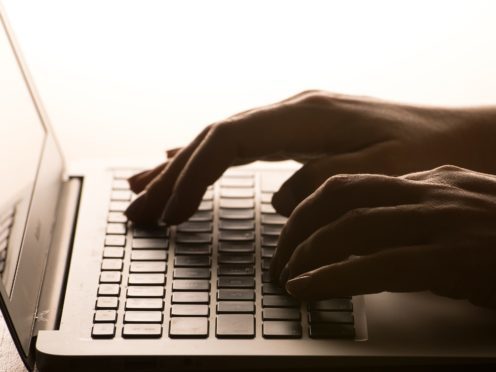Bias against female writers and systemic problems are creating a “self-sustaining loop” of inequality in the screenwriting industry, a new report into gender representation has found.
Just 16% of all working screenwriters in film are female, with only 15% of films having credited female writers.
An even smaller percentage of films (11%) are written predominantly by women, a 10-year report commissioned by the Writers’ Guild of Great Britain (WGGB) has found, and fewer than 7% of films with a budget greater than £10 million are predominantly female-written.
The percentage of television episodes written by women stands at 28%, the research funded by the Authors’ Licensing and Collecting Society (ALCS) found, while just 14% of prime-time drama is predominantly female written.
There has been no significant improvement to the disparity over the 10 years, with unconscious bias among hirers, lack of formal or open hiring systems, inadequate equality data collection and ineffective regulatory systems all contributing to the lack of change, the report said.
Of more than 200 working writers polled, only 5% agreed that “the way writers are hired, and scripts are commissioned, is fair and free from discrimination”.
The majority of respondents also suggested that they had seen evidence of discrimination over the course of their careers.
Female writers face are being discriminated against in terms of the projects to which they are gaining access, the report found.
Female writers in TV are being pigeon-holed by genre and are unable to move from continuing drama or children’s programming to prime- time drama, comedy or light entertainment.
Female representation is particularly low in comedy (11%) and light entertainment (9%).
In film, women being denied opportunities to write for higher budget or more prestigious productions, despite evidence showing that female-written films lead at the box office and receive a more positive critical and audience reception than their male equivalents.
In the foreword to the report, WGGB general secretary Ellie Peers says the research “shines a light on two industries in which bias and systemic problems are creating what the authors describe as a “self-sustaining loop” of inequality.
“Bias among hirers, lack of formal or open hiring systems, inadequate equality data collection and ineffective regulatory systems form a complex web, which becomes further entangled with strands unique to the film and television industries themselves. ”
She adds: “Film is not, as is popularly believed, driven by the motive to make profit. If it were, women writers would be doing better.
“While the short-term nature of film productions is having its own impact on gender equality, in TV, conversely, the longevity and size of the centralised bodies involved allows negative practices to develop and become normalised over time.
“Gender inequality in film and TV is not limited solely to writers, and this report offers salutary findings here, too – key creative roles on film productions are held predominantly by men, and this is influencing female representation on screen. Gender representation among film producers is particularly problematic.
“We must ask ourselves what effect this is having on audiences and our culture and look to what it must tell us about other forms of inequality. If women writers are faring so badly in film and TV, surely the situation must be worse for BAME writers, or for writers with disabilities?
“The report rightly concludes that further concerted action is required to address this problem.”
The report suggests a number of key potential solutions, including a more comprehensive system of data collection and the publication of data within the industries in order to tackle the “inequality” of opportunity.
Another is to keep the industries focused on the issue, because if the lack of female input is constantly mentioned, there will be more of an overall effort to combat both unconscious bias and personal preference, the report says.
